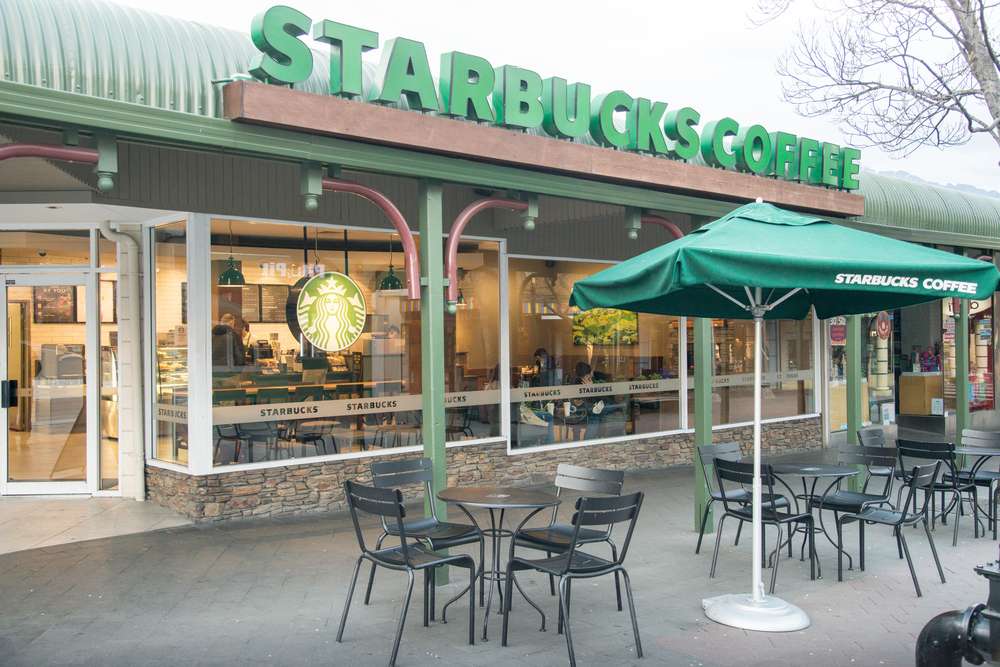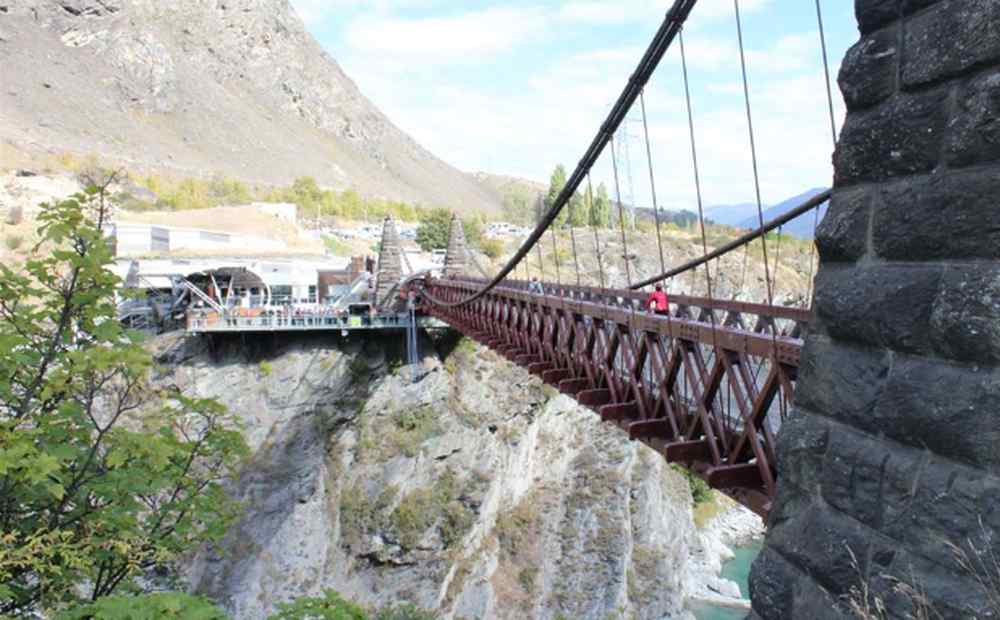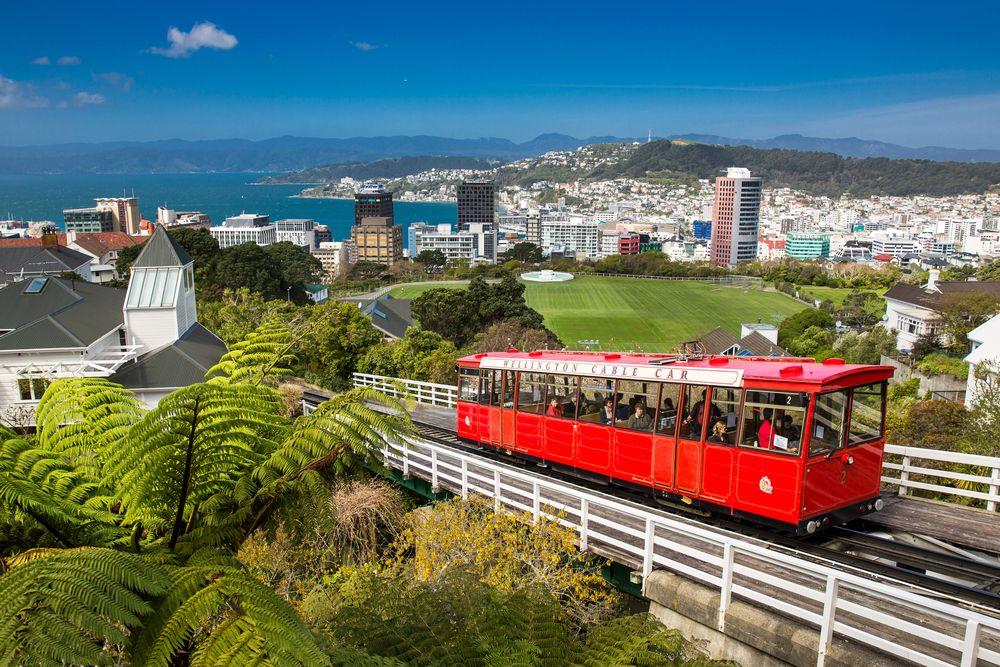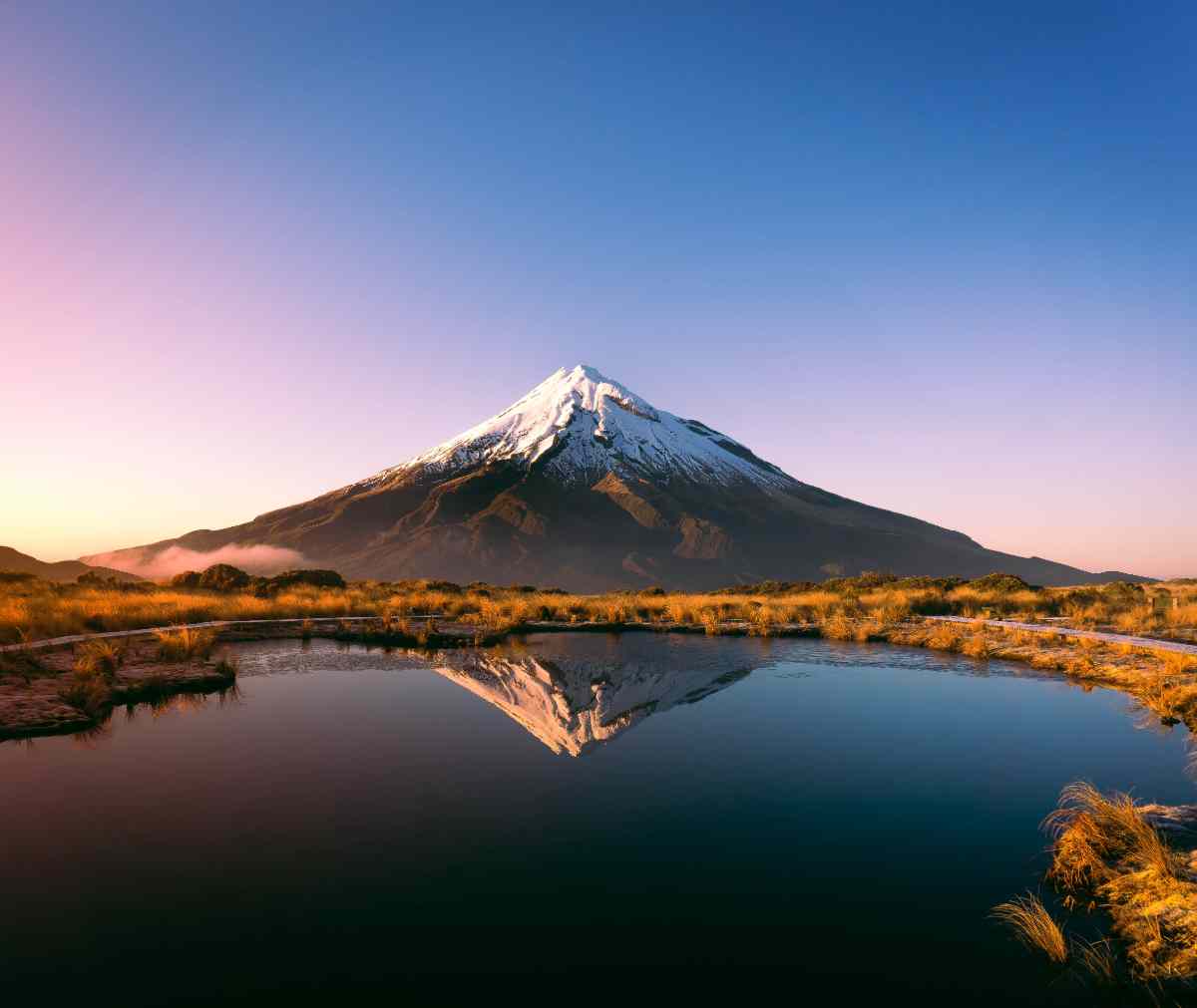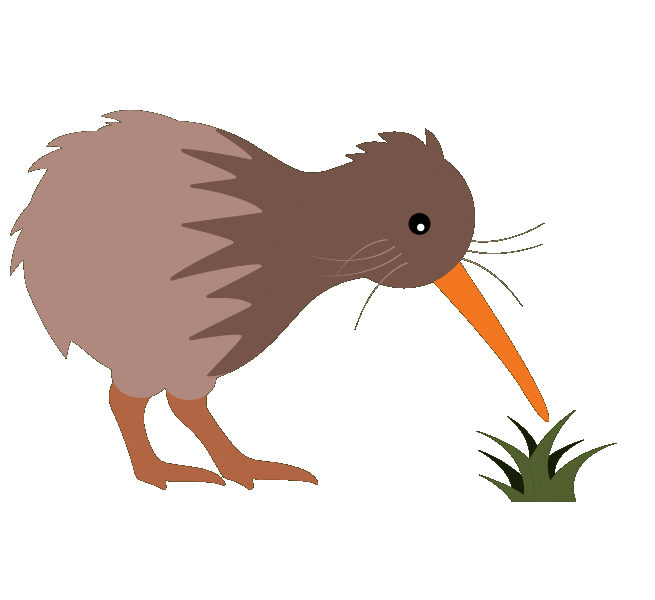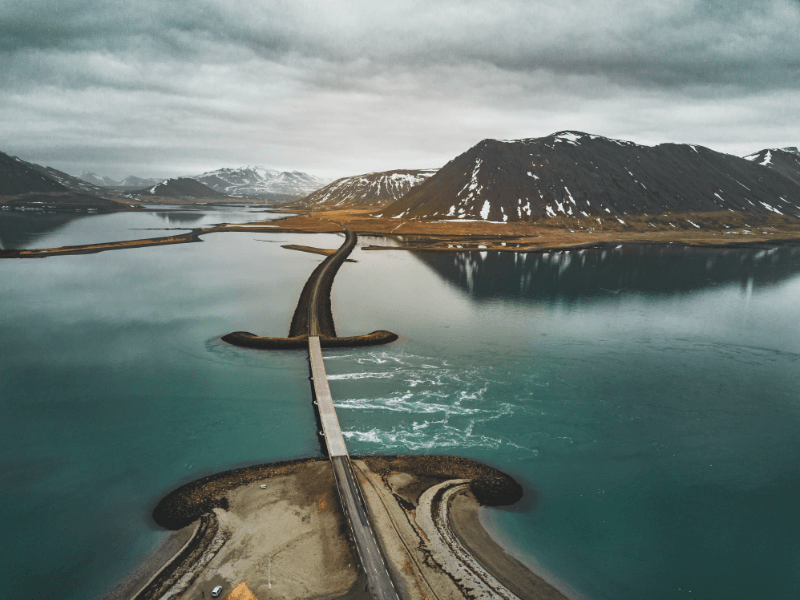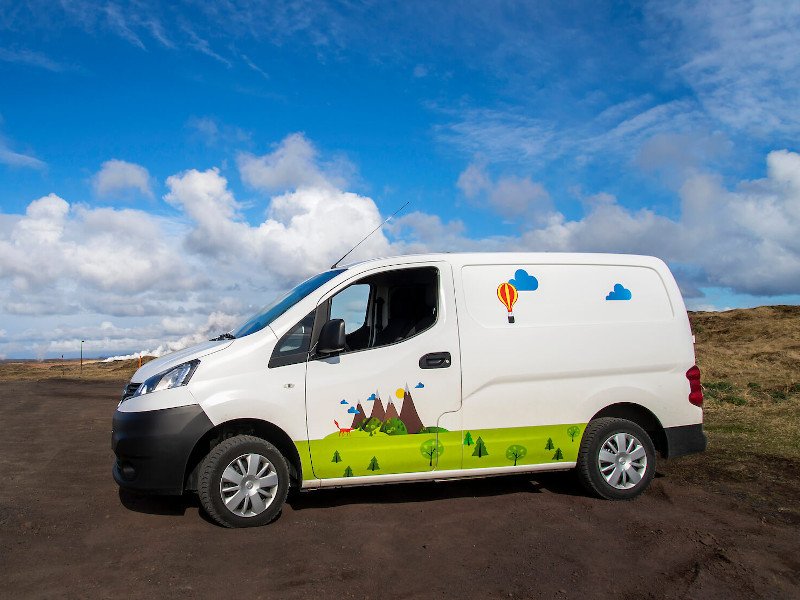Kia ora, fellow adventurers! Today, we're exploring the magnificent Mt Cook, known to the Māori as Aoraki. As the highest mountain in New Zealand, it's an unmissable destination for all nature lovers and thrill-seekers touring our beautiful country.
The Majesty of Mt Cook: Why It's a Must-See
Standing tall at 3,724 metres, Mt Cook isn't just the tallest peak in New Zealand; it's an icon that encapsulates the country's rugged charm and the majestic serenity of the Southern Alps. The mountain, located in the Aoraki/Mt Cook National Park, offers a haven for both adventure junkies and tranquillity seekers.
Its extraordinary landscape is adorned with glacial valleys, star-studded skies, and azure lakes, each element complementing the other to paint a picture of pure natural elegance.
Whether it's the allure of the challenging Mt Cook walk, the adrenaline rush of a Mt Cook skydive, or the captivating sight of the universe at the world-renowned Dark Sky Reserve, Mt Cook offers a range of experiences that make it a must-visit destination on your New Zealand journey.
How to Get to Mt Cook
Planning a trip to Mt Cook involves understanding the best routes from key cities in New Zealand with your campervan hire. Let's have a look at how to reach this stunning location from Christchurch, Queenstown, and Wanaka.

From Christchurch
A journey from Christchurch to Mt Cook takes around four hours by road. The route offers a picturesque drive through farmland, around stunning blue lakes, and across the vibrant Canterbury Plains.
From Queenstown
The journey from Queenstown to Mt Cook is approximately a three-hour drive. As you traverse through the Lindis Pass, prepare to be mesmerised by the area's unique tussock-covered landscape.
From Wanaka
Wanaka to Mt Cook is also about a three-hour drive. This route provides a stunning array of vistas, including views of Lake Pukaki's turquoise waters, with Mt Cook providing a dramatic backdrop.
Remember, one of the joys of travelling in New Zealand is the journey itself. While heading to Mt Cook, take your time to enjoy the scenery unfolding along the way. Be right back with the best time to visit Mt Cook and the exciting activities awaiting you there!
The Best Time to Visit Mt Cook

The summer months (December to February) offer the most stable Mt Cook weather, ideal for hikers wanting to explore the network of trails the national park has to offer. The longer daylight hours also mean more time to soak up the sights and sounds of the area.
For those seeking a winter wonderland experience, June to August present a snow-covered landscape, with opportunities for skiing and snowboarding in the surrounding areas.
Activities at Mt Cook
There's no shortage of activities to immerse yourself in at Mt Cook. Whether you're an adventure enthusiast or a tranquility seeker, you'll find something to love here.
Mt Cook Hiking Trails
Hiking is undoubtedly one of the most rewarding ways to appreciate the grandeur of Mt Cook. One of the most popular is the Hooker Valley Track, a relatively easy 10 km return trail that offers awe-inspiring views of Aoraki/Mt Cook and passes by the mesmerising Hooker Glacier.
Star Gazing at the Dark Sky Reserve
Did you know that the Aoraki/Mt Cook National Park forms part of the world's largest International Dark Sky Reserve? With minimal light pollution, it's a haven for stargazing. Embark on a celestial exploration and marvel at constellations, shooting stars, and, if you're lucky, the Southern Lights (Aurora Australis).
Experiencing the Tasman Glacier

Remember, no matter which activity you choose, always respect the natural environment and ensure you leave no trace behind. I'll be back soon with insights on accommodations, essential packing tips, and more!
Where to Stay: Accommodations Near Mt Cook
If you're wondering where to rest your head after a day of adventure, don't fret - there are accommodation options in and around Mt Cook Village that cater to a range of preferences and budgets.
The Hermitage Hotel, located within the national park, provides a luxurious stay with splendid views of Aoraki/Mt Cook right from your room. For those seeking a cosy and comfortable stay, Mt Cook Lodge and Motels offer a homely atmosphere with a choice of lodge rooms, motel rooms, and dormitory accommodation.
Campervan travellers aren't left out either. White Horse Hill Campground, managed by the Department of Conservation (DOC), allows you to camp under the stars amidst the serene alpine landscape. Be sure to check the campground's availability and any camping regulations in advance.
What to Pack for Your Mt Cook Adventure
Knowing what to pack for your Mt Cook adventure can significantly enhance your experience. Here are some essentials:
- Layered Clothing: The Mt Cook weather can be quite changeable, so pack plenty of layers, including waterproofs, even in the summer months.
- Hiking Gear: Comfortable hiking shoes are a must, given the numerous trails at Mt Cook. Don't forget your sunblock, hat, and sunglasses too.
- Camera Gear: With its picturesque landscapes and starry skies, Mt Cook is a paradise for photographers. Don't forget your camera and plenty of memory cards.
- Food and Water: There are limited dining options in Mt Cook Village, so consider bringing enough food and drink supplies for your stay.
Tips and Etiquette for Visiting Mt Cook

Please respect all signage and stay on marked tracks when hiking. Remember, Aoraki/Mt Cook National Park is a special place, and it's our collective responsibility to keep it clean and preserved for future generations.
Mt Cook Frequently Asked Questions (FAQs)
Is it safe to do a Mt Cook walk independently?
Most of the popular walking tracks in the Mt Cook area are well signposted and can be safely completed without a guide, provided that you're adequately prepared. Always check the Mt Cook weather forecast before heading out, let someone know your plans, and carry essential supplies including water, food, and warm clothing.
Why is it called Aoraki Mt Cook?
The mountain was originally known to the local Ngāi Tahu Māori tribe as 'Aoraki'. It was named Mt Cook by European settlers in honour of Captain James Cook. Today, it's officially recognised as Aoraki/Mt Cook, honouring both Māori and European traditions.

How much does a Mt Cook skydive cost?
The price of a skydive at Mt Cook varies depending on the height you choose to jump from and any extras such as photos or videos. As of writing, a skydive from 13,000 feet typically costs around NZD $349, and a jump from 15,000 feet is around NZD $399. Always check the latest prices and book in advance to secure your spot.
Visiting Mt Cook
Mt Cook, or Aoraki, is more than just a peak; it's a destination that embodies the spirit of New Zealand, inviting you to experience its awe-inspiring landscapes, pursue thrilling adventures, and immerse yourself in its peaceful tranquility.
Whether you're an adrenaline junkie, a passionate hiker, a nature photographer, or simply someone seeking serenity amidst natural grandeur, Mt Cook promises an experience that you'll treasure for a lifetime.
Until next time, safe travels, whānau!

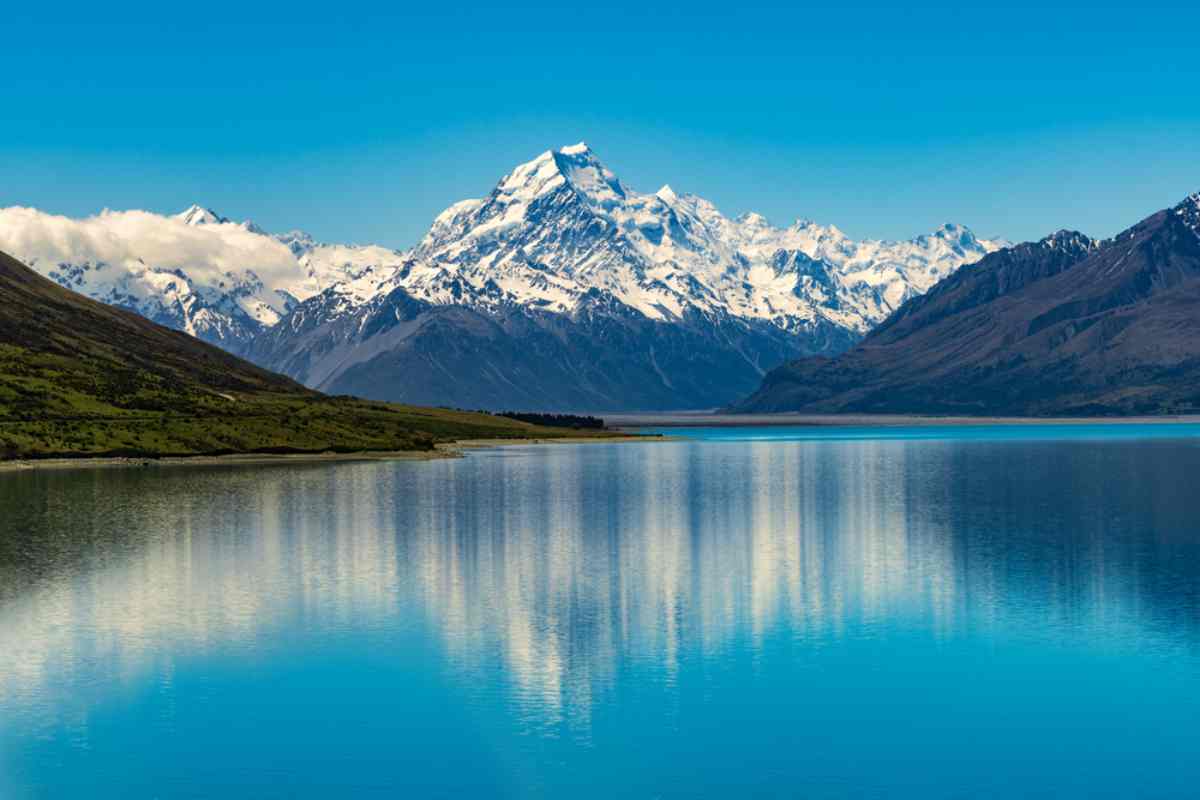
 By
By

